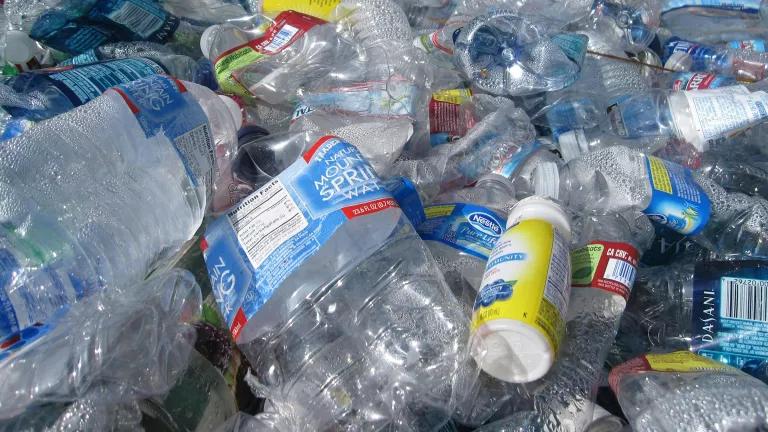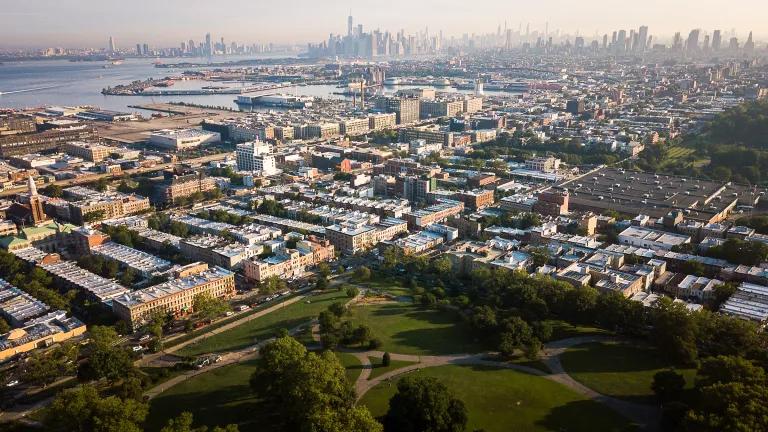Fenceline Communities Demand Protections from Toxic Industry

Some of the most toxic industrial facilities in the Southeast Side of Chicago are located right across the street from people’s homes, and some of those facilities are on the other side of the people’s fences.
I live in a mostly Latino and working-class neighborhood that was once a major steel producer. Much of that industry, and the jobs it sustained, are gone now—but the toxic legacy of that industry is still a part of our lives. From foul odors to dusty streets, I am reminded daily that my industrial neighbors have little regard for my well-being.
Some parts of Chicago have seen dirty industry replaced with cleaner alternatives, but many Black and Brown communities including mine have seen an accumulation of dirty industry that sometimes pushes right up against our homes, schools, and parks. These communities are called fenceline zones and they are a lot more common than you might think.
Chemical facilities located near vulnerable communities have already caused thousands of fires, explosions, and chemical spills, tens of thousands of injuries, and even deaths. There are over 12,000 high-risk chemical facilities across the country and 40 percent of the country’s population live within three miles of one or more of them. My family is among the 200 million people that live near a constant threat of chemical leaks, spills, or explosions—and this daily threat will continue unless we act now.
In addition to action at the federal level and more robust permitting and enforcement by the state, Chicago has to take the lead in reforming zoning laws and land use policies that have enabled the worst polluters to accumulate near our homes and public places, to ensure that essential protections for our health and well-being are in place. My family’s health should be more important than polluters’ profits.




